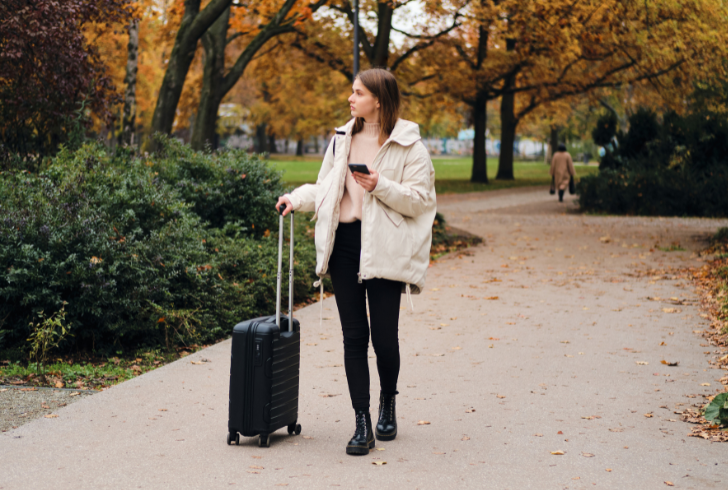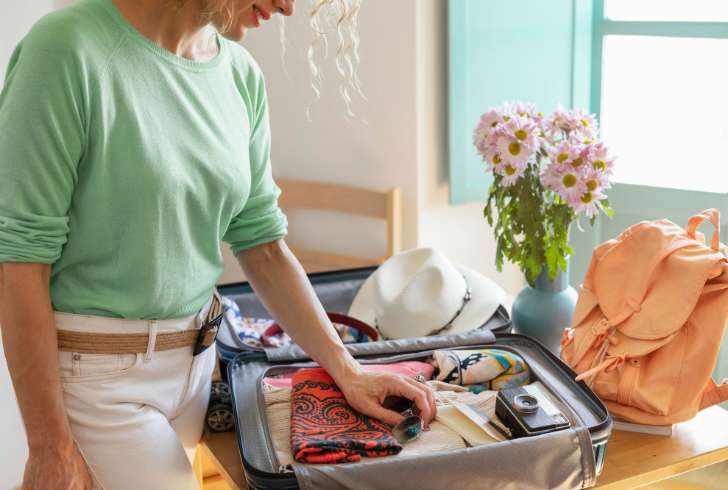Travel is often seen as the pursuit of freedom—freedom from routines, responsibilities, and sometimes even possessions. The minimalist travel lifestyle gained popularity by promising that less baggage meant more adventure.
One small backpack, a handful of clothes, and a single pair of shoes became symbols of ultimate liberation. While this idea sounds appealing, the reality of extreme minimalism on the road can often limit rather than enrich the experience.
The Appeal of Minimalist Travel
Minimalist travel focuses on moving lightly and living with fewer belongings, offering clear advantages such as skipping baggage claim delays, avoiding extra airline fees, and navigating crowded cities or long train rides with greater ease.
The practice of packing less often feels refreshing, encouraging smarter choices when it comes to clothing and gear. With only a compact backpack to carry, travelers experience less physical strain, making the journey feel liberating and efficient, especially in the beginning.
Where Minimalism Begins to Strain

Freepik | The first days of minimalist travel feel empowering as one small bag unlocks speed and freedom.
After the initial excitement fades, cracks in the minimalist system often start to show. Constant laundry runs can quickly turn into a burden. Limited wardrobe choices may work in temperate climates, but in regions with unpredictable weather, a traveler often ends up damp, uncomfortable, or unprepared.
Footwear highlights another challenge. One “all-purpose” pair of shoes may handle city streets but fail on rugged hikes, formal occasions, or slippery surfaces. What once seemed versatile quickly becomes restrictive. Instead of enhancing the journey, minimalism can begin dictating what activities are possible.
The Hidden Mental Weight
Travel is meant to open doors to new experiences, but strict minimalism sometimes closes them. Every purchase becomes a debate. Every weather shift requires recalculating outfit strategies. Instead of being fully present in a moment, attention shifts to whether possessions are sufficient.
This constant calculation adds an unexpected psychological burden. Passing up experiences because of storage limitations or clothing restrictions is common. Workshops, classes, or cultural events sometimes ask for items that don’t align with minimalist packing strategies, which can make them seem out of reach.
Community Pressure and Performance
What starts as a friendly minimalist travel community can, over time, foster a quiet contest. Packing lists get posted and compared, almost like scorecards, with travelers measuring themselves by how little they bring. In that climate, comfort and curiosity are overshadowed by the urge to “do it better” than the next person.
Instead of directing energy toward exploration, the focus drifts to performing minimalism. The lifestyle meant to free travelers from excess can, ironically, become another box to fit inside.
Shifting Toward Practical Minimalism
Minimalism does not need to be abandoned entirely to find balance. A more practical approach allows travelers to pack intentionally while still leaving room for authenticity. This might mean carrying two pairs of shoes instead of one, or including attire suitable for cultural events and special occasions.
Practical minimalism asks a different question: not “How little can I carry?” but “What do I need to fully experience this destination?” The answer varies depending on the journey. Sometimes a smaller pack works; other times, a slightly larger one allows for deeper engagement.
The Real Lesson of Minimalism in Travel

Freepik | Travel with extreme minimalism is more about survival than thriving.
Travel highlights the difference between survival and thriving. Extreme minimalism often becomes about survival—making do with less, restricting choices, and focusing on endurance. Thriving, on the other hand, requires flexibility, preparedness, and comfort.
The value of minimalism lies in intentional decision-making, not arbitrary limits. The real freedom is found in carrying what enhances experiences and supports curiosity. Whether that results in a compact 35-liter backpack or a more accommodating 50-liter pack, the measure of success is not the weight of the luggage but the richness of the journey.
Why Balance Wins in Travel
The lesson minimalism offers is worth keeping: travel does not require endless possessions, and simplicity creates space for meaningful encounters. But extremes, whether in over-packing or under-packing, often become their own restrictions.
Travel works best when guided by purpose, not performance. The goal should not be to meet an idealized image of minimalism but to design an approach that matches personal values and desired experiences. The most rewarding adventures come from balance—packing enough to feel prepared, yet light enough to stay mobile.
In the end, the most fulfilling journeys are not defined by how much is carried, but by how deeply each place is experienced.

